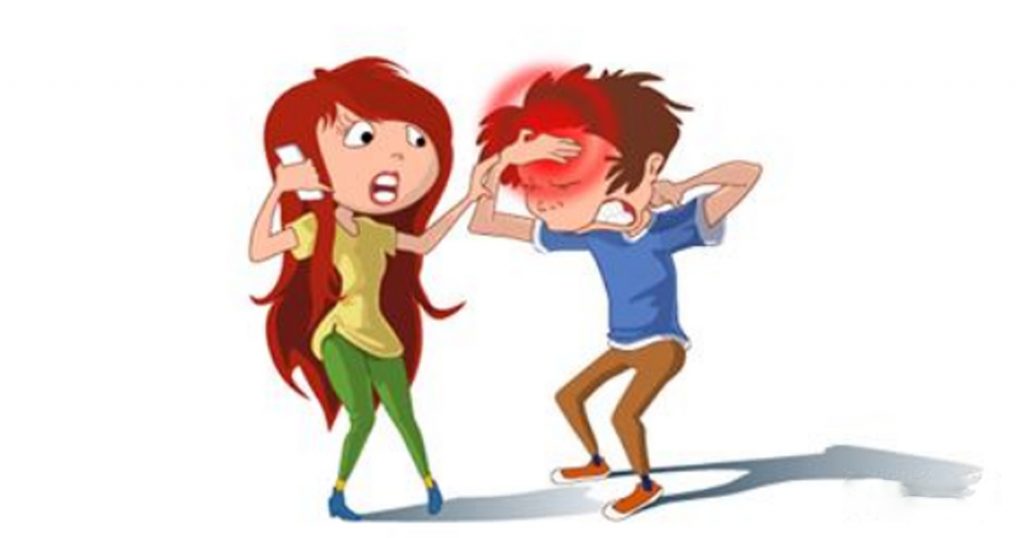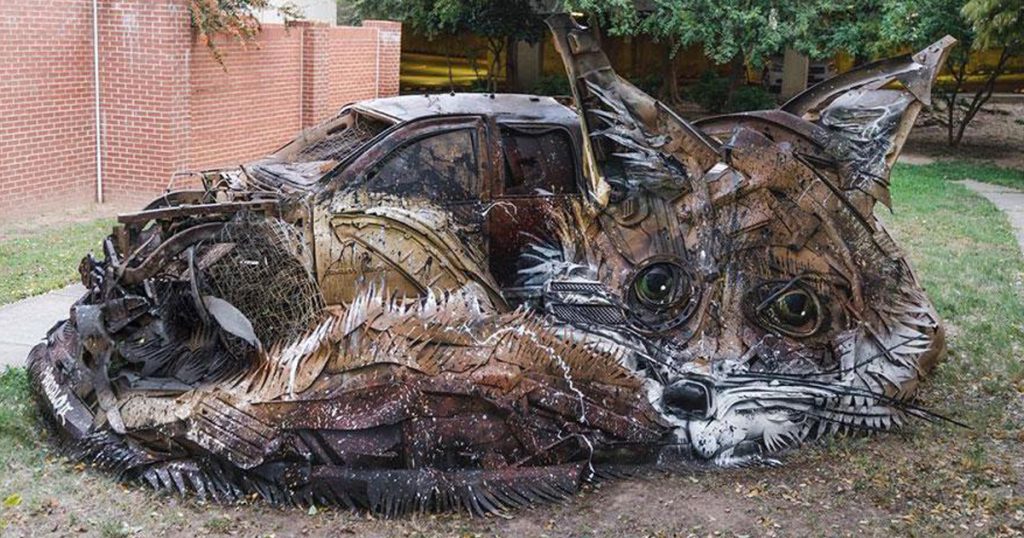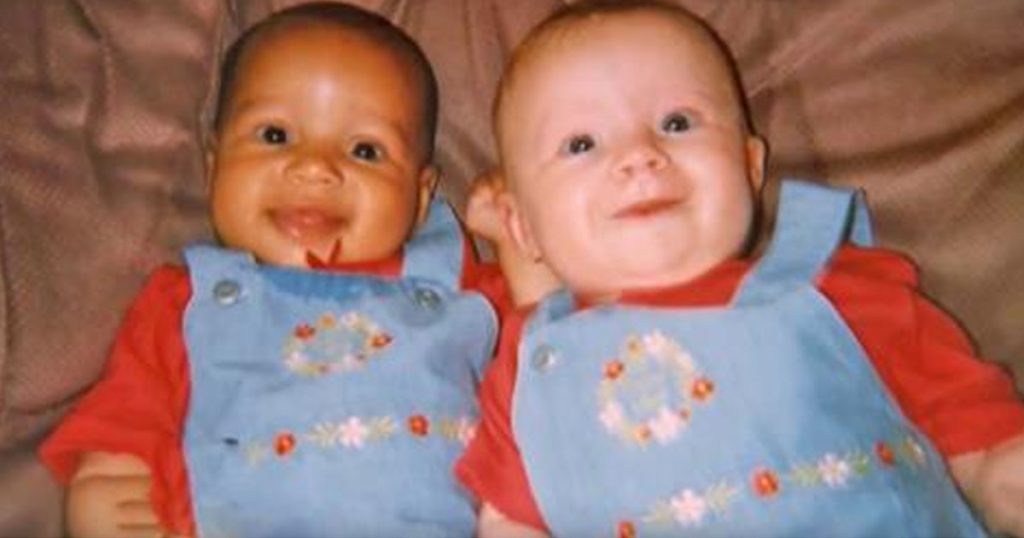That feeling of doom is just a tiny part of a much bigger biological defense system
Fear is far more than just a feeling. The terror we experience when threats are near is part of a larger emotional and physical response humans have evolved to protect us from imminent danger, as New York University neuroscientist Joseph LeDoux tells Vocativ in this video interview on the science of fear.
LeDoux is the author of “Anxious: Using the Brain to Understand and Treat Fear and Anxiety.” As he explains, our brains are able to pretty much automatically recognize possible threats that we perceive. A part of the brain called the amygdala is instrumental in coordinating the fear response, releasing hormones like adrenaline and cortisol that help us cope with the suddenly stressful, even dangerous situation we find ourselves in. A lot of the things we associate with fear — a pounding heartbeat, sweating palms — are byproducts of our nervous system and hormones going into action to get us ready to respond, whether that means freezing in place, fleeing the danger, or even facing it head-on.
All these responses happen without us needing to be consciously aware of the threat, though LeDoux says part of the point of the fear response is to make us immediately aware of the peril we’re in — if we hadn’t noticed beforehand, an onrush of hormones and chemicals ought to clue us in. The feeling of fear, then, is the result of our bodies processing and responding to a danger. That feeling isn’t necessarily the most important part of the response, biologically speaking, but it’s definitely what our conscious minds remember most clearly.






